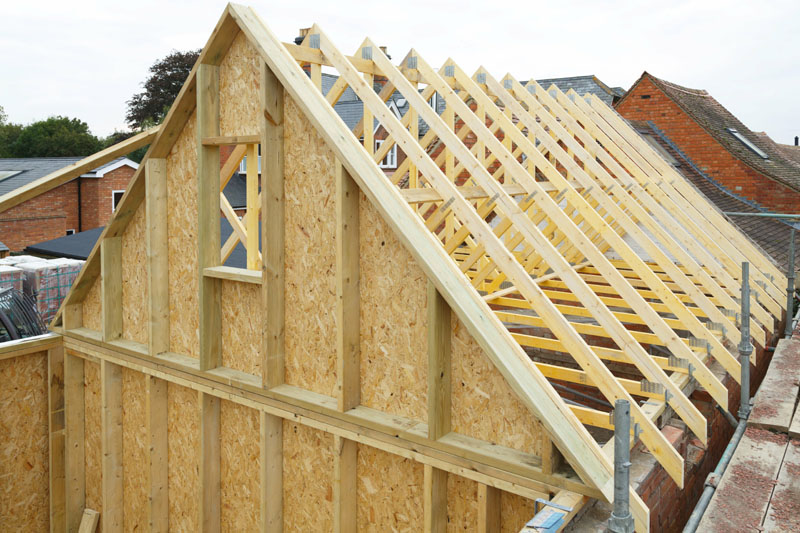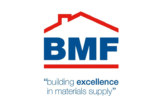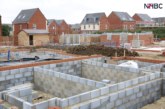
AMA Research reports that the market for offsite housing is estimated to have increased by 6% at manufacturers sales prices in 2021.
Whilst this is lower than the 2019 estimate of 12%, this can be attributed to the impact of the pandemic throughout 2020 which caused a decline of around 11% due to the huge disruption from distribution issues and site closures at the peak of restrictions. However, AMA outlines a number of factors that will contribute to sustained demand in offsite housing construction.
There is still an ongoing shortage of homes, especially across England, whilst a further issue is the continued decline in numbers of key skilled trades and professionals. On the plus side, there has been an increase in the capacity for offsite housing manufacturing as well as the number of systems with quality assurance.
Indeed, the availability of quality assurance and warranties for offsite housing systems is said to be important for growth given that this has previously been a barrier. On this, AMA cites a recent increase in the number of firms and offsite housing systems which are obtaining BOPAS certification and/or NHBC or other provider warranties.
According to the market research specialists, a further key area to look at will be where offsite methods are particularly well-suited, for example large scale build to rent and affordable housing developments, both of which “see an urgency to accelerate the build times and increase the rate of completions” and where offsite construction can make a significant contribution.
Alex Blagden, Senior Market Research Analyst at AMA Research and editor of its Offsite Housing Report, said: “Offsite construction is key to accelerating the development of affordable homes, both social housing and build for sale properties. Many factors are driving up both demand and supply, among the most important being the urgent need to increasing affordable housing supply; a chronic shortage of skilled ‘wet’ trades; an increase in offsite housing manufacturing capacity and an increase in the number of firms and proprietary off-site housing systems obtaining BOPAS (Build off-site Property Assurance Scheme) certification and or NHBC or other providers warranties.”
Where timber frame has always taken the majority share in the offsite construction market, AMA contends there will now be growth in demand and the use of volumetric and closed panel systems. Particularly as there are now several large factories that have recently started operation. These factories are capable of producing 2,000+ units per year.









